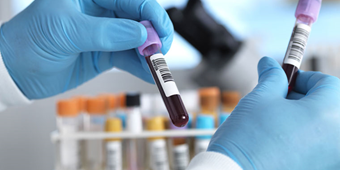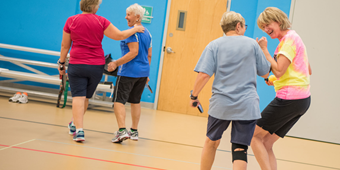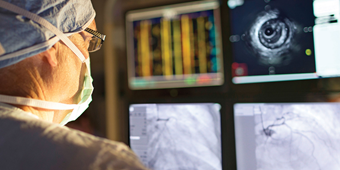Don’t Let Spider Veins Creep Up on You!
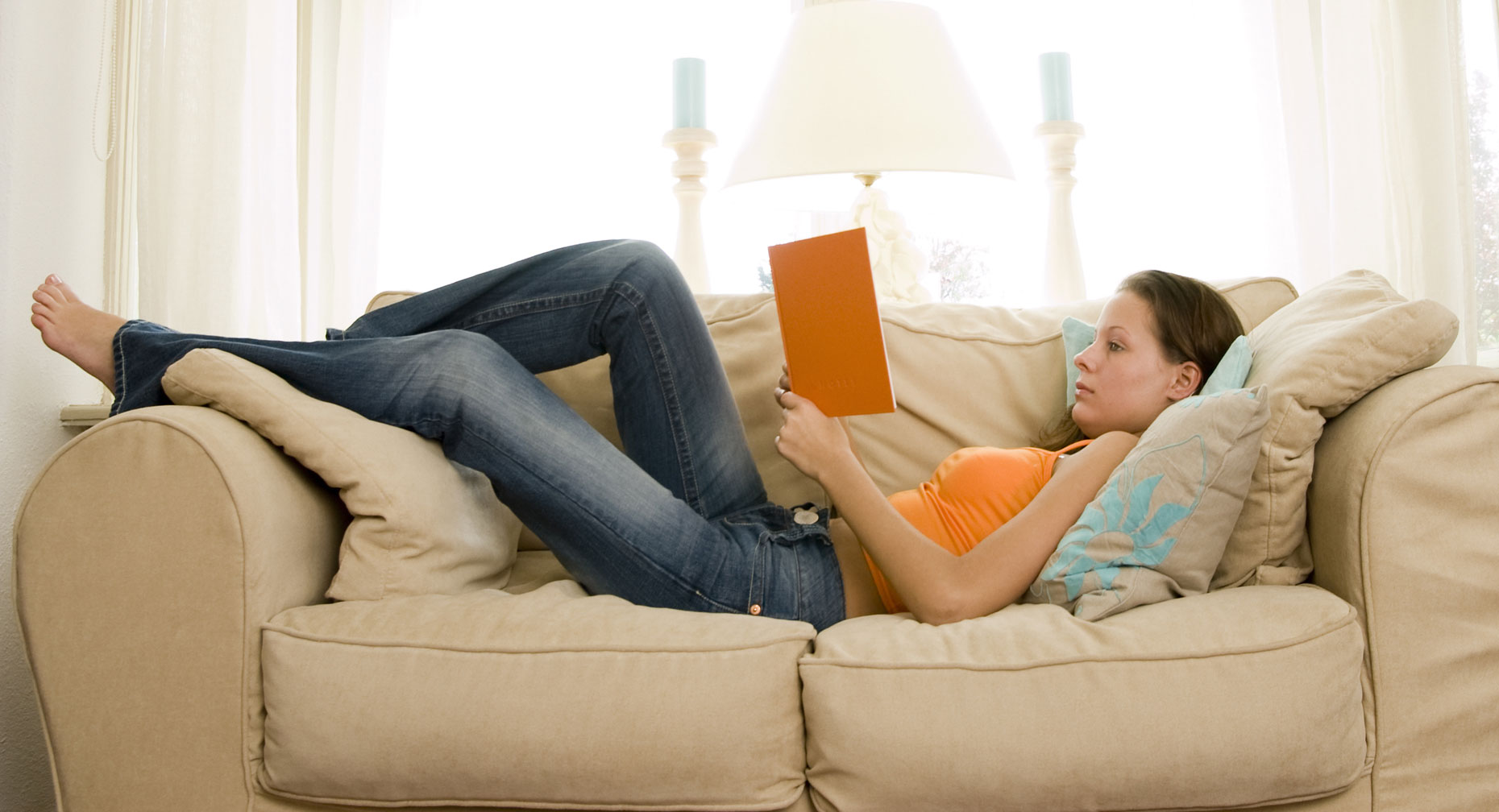
Find Your Perfect Match
Answer a few questions and we'll provide you with a list of primary care providers that best fit your needs.
You’ve seen them before — those tiny web-like veins that appear on your face or legs. They’re especially common among women. But if you’re plagued by spider veins, you don’t have to live with them.
Spider or Varicose Veins?
Spider veins and varicose veins typically show up on the legs. That’s because of the pressure of body weight, gravity and the body’s task of carrying blood up to the heart. And both can cause problems like pain, swelling or an itchy rash. Here’s how to tell which is which:
- Spider veins are caused by the dilation of a small group of veins near the skin’s surface. They may look like sunbursts or webs, and can be red, blue or purple. These veins occur most often on the legs and face.
- Varicose veins are swollen or enlarged veins caused by damaged vein valves. Varicose veins are located deeper in the skin, and often look twisted or bulging. They can be red, blue or flesh colored and are frequently found on the thighs, calves and feet.
What Causes Spider Veins?
Spider veins can affect anyone. However, women are more likely than men to develop them, and vein problems often run in families. Other factors include:
- Pregnancy, hormones and birth control pills
- Job that require a lot of standing or sitting
- Heavy lifting
- Being overweight
- Lack of exercise
- Sun exposure
- Aging
- Family history
If you’re plagued by spider veins, you don’t have to live with them.
Spider Vein Symptoms
Some women with spider veins never think twice about them. But others may suffer from aching or swelling legs. Your legs may also feel heavy or tired, or like they’re burning.
Treating Spider Veins
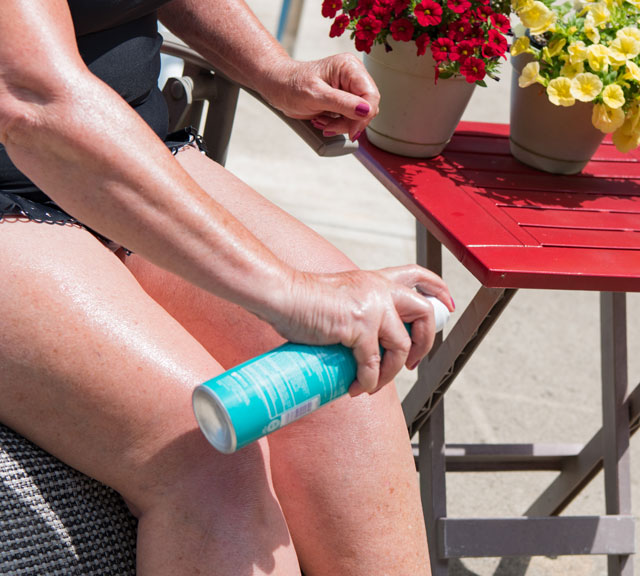
Talk with your doctor about treatments that can ease symptoms and make you feel better about the way your legs look, including:
- Self-care: Exercise, maintain a healthy weight, wear elastic stockings, elevate your legs and take breaks if you sit or stand for a long time.
- Sclerotherapy: Veins are injected with a solution that causes them to collapse and fade.
- Laser: An intense beam of light is directed through the skin onto the vein.
Preventing Spider Veins
While not all spider veins can be prevented, there are steps you can take to reduce your chances of developing more. And these measures can ease symptoms if you already have spider veins:
- Slather on sunscreen: Use it regularly to protect your skin from the sun and to limit spider veins on your face.
- Get moving: Regular physical activity improves your leg strength, circulation and vein strength.
- Watch your weight: Maintaining a healthy weight takes pressure off your legs.
- Uncross your legs: When your sit for a long time with your legs crossed, you can injure your legs, making problem veins more likely.
- Elevate your legs: When resting, put your feet up.
- Avoid sitting or standing for long stretches: If you must stand for a long time, shift your weight from one leg to the other every few minutes. And stand up and walk around every 30 minutes if you sit for a long period of time.
- Get support: Wearing elastic support stockings can help.
- Favor flats: Avoid high heels. Low-heeled shoes help tone your calf muscles and keep blood moving.
Find Your Perfect Match
Answer a few questions and we'll provide you with a list of primary care providers that best fit your needs.
Source: Womenshealth.gov; American Society of Plastic Surgery


